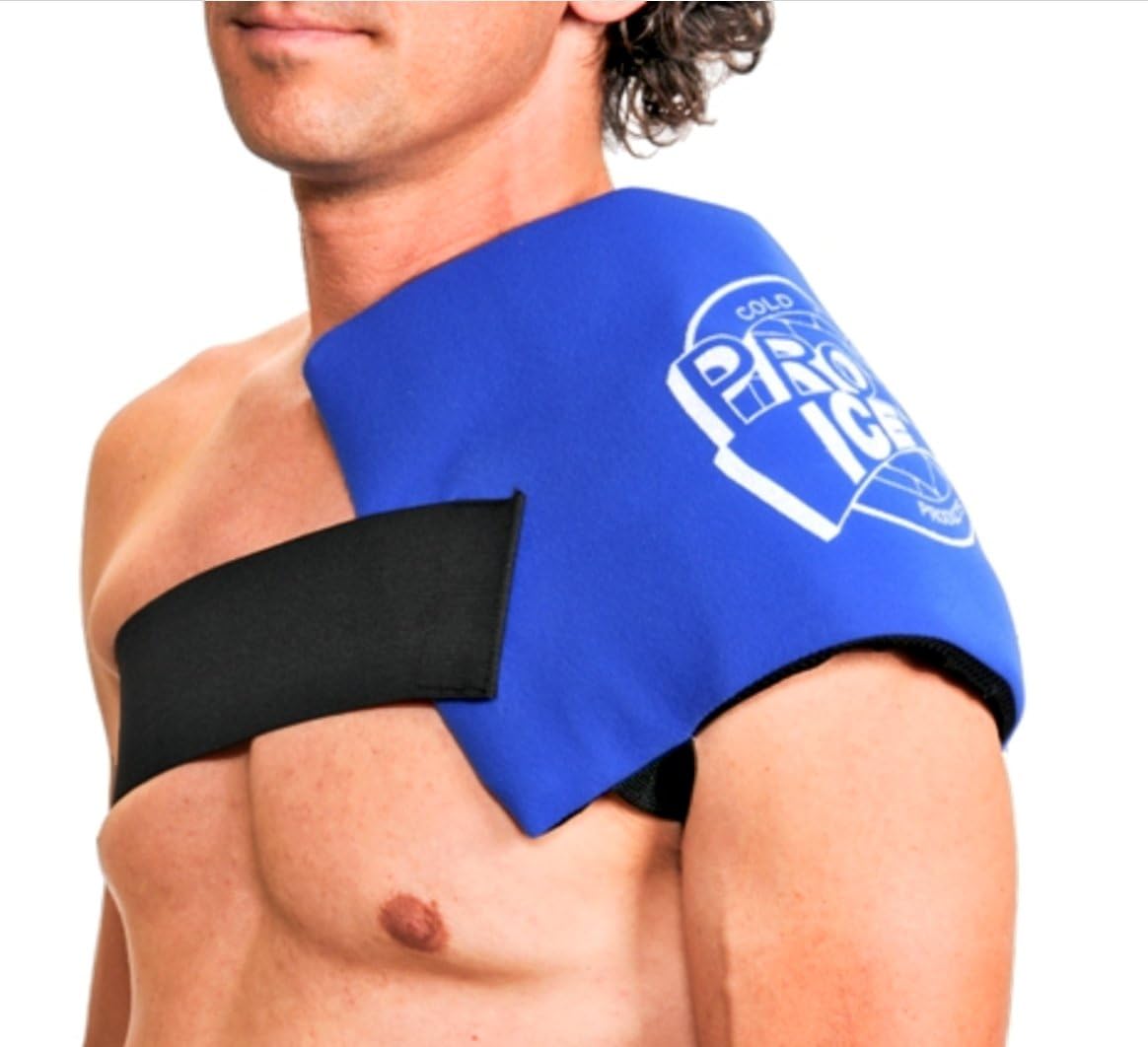What are the symptoms of shoulder impingement?
Shoulder impingement often presents with a range of symptoms, including:
- Shoulder Pain: Typically a sharp or aching pain in the shoulder, particularly when raising the arm or reaching overhead. The pain might also occur during activities such as lifting, throwing, or sleeping on the affected side.
- Weakness: A feeling of weakness in the shoulder or arm, especially when performing overhead or lifting activities.
- Limited Range of Motion: Difficulty moving the shoulder through its full range of motion, particularly when raising the arm or reaching behind the back.
- Tenderness: Tenderness in the shoulder area, often felt at the front or outside of the shoulder.
- Clicking or Popping: Some individuals may experience a clicking or popping sensation in the shoulder during movement.
- Swelling: In some cases, swelling or inflammation in the shoulder may be noticeable.
These symptoms often worsen with repetitive use or specific movements that involve lifting or reaching.
What are the causes of shoulder impingement?
Shoulder impingement is typically caused by several factors, including:
- Repetitive Overhead Activities: Engaging in activities that involve frequent overhead motions, such as throwing, lifting, or reaching, can lead to impingement by irritating the tendons and causing inflammation.
- Shoulder Anatomy: Variations in shoulder anatomy, such as a naturally narrow subacromial space or an abnormal acromion shape, can contribute to impingement by reducing the space available for the rotator cuff tendons.
- Rotator Cuff Tendonitis: Inflammation or irritation of the rotator cuff tendons can cause them to swell, leading to impingement against the acromion (the bony part of the shoulder blade).
- Shoulder Instability: Weakness or instability in the shoulder muscles and ligaments can result in improper movement and alignment of the shoulder joint, increasing the risk of impingement.
- Bone Spurs: Bony growths or spurs on the acromion or other parts of the shoulder joint can reduce the space available for tendons and cause impingement.
- Poor Posture: Poor posture, such as rounded shoulders or forward head posture, can alter the alignment of the shoulder and contribute to impingement.
- Aging: As people age, changes in the shoulder joint and tendons, such as degeneration or thinning of the tendons, can increase the risk of impingement.
These factors can lead to compression or irritation of the rotator cuff tendons and surrounding structures, resulting in the symptoms associated with shoulder impingement.
What is the treatment for shoulder impingement?
Treatment for shoulder impingement often involves a combination of strategies aimed at reducing pain, improving shoulder function, and addressing underlying causes. The approach can vary depending on the severity of the condition, but common treatments include:
- Rest and Activity Modification: Avoiding activities that exacerbate symptoms, especially overhead movements, can help reduce inflammation and allow the shoulder to heal.
- Ice Therapy: Applying ice packs to the shoulder can help reduce inflammation and numb the affected area, providing temporary relief from pain.
- Pain Relief Medications: Nonsteroidal anti-inflammatory drugs (NSAIDs), such as ibuprofen or naproxen, can help reduce pain and inflammation.
- Physical Therapy: A physical therapist can design a program of exercises to improve shoulder strength, flexibility, and posture. This may include stretches to relieve tight muscles, strengthening exercises for the rotator cuff and shoulder blade stabilizers, and techniques to improve range of motion.
- Corticosteroid Injections: For more severe cases, corticosteroid injections into the shoulder joint can provide significant relief from pain and inflammation, though they are typically used when other treatments have not been effective.
- Manual Therapy: Techniques such as massage, joint mobilization, and stretching can help alleviate symptoms and improve shoulder function.
- Shoulder Exercises: Specific exercises to strengthen the rotator cuff and scapular muscles, as well as improve shoulder mechanics, can be beneficial.
- Surgery: If conservative treatments do not relieve symptoms and shoulder impingement is affecting daily life or function, surgical options may be considered. Procedures such as arthroscopic subacromial decompression can be performed to remove inflamed tissue or bone spurs and increase the space for tendons.
Each treatment plan should be tailored to the individual’s specific needs and the severity of their condition. Consulting with a healthcare professional is essential to determine the most appropriate course of action.

Leave a Reply
You must be logged in to post a comment.